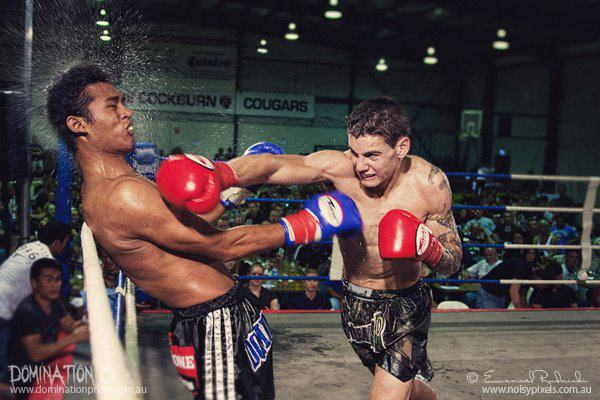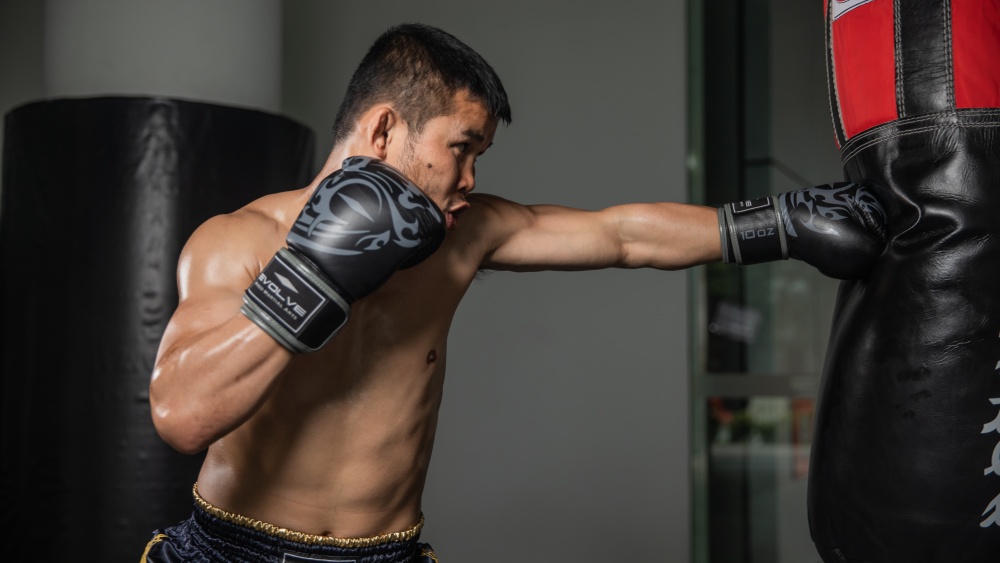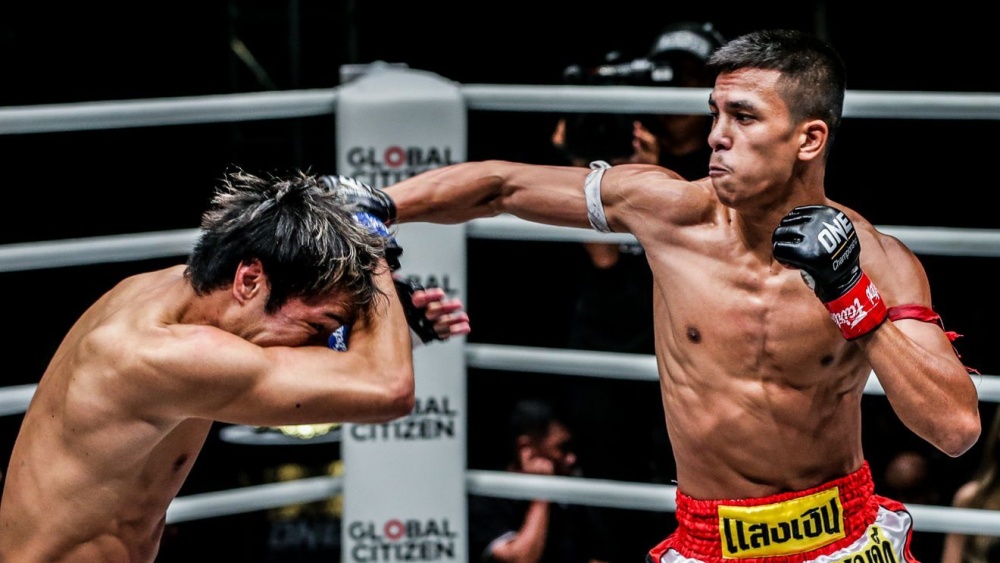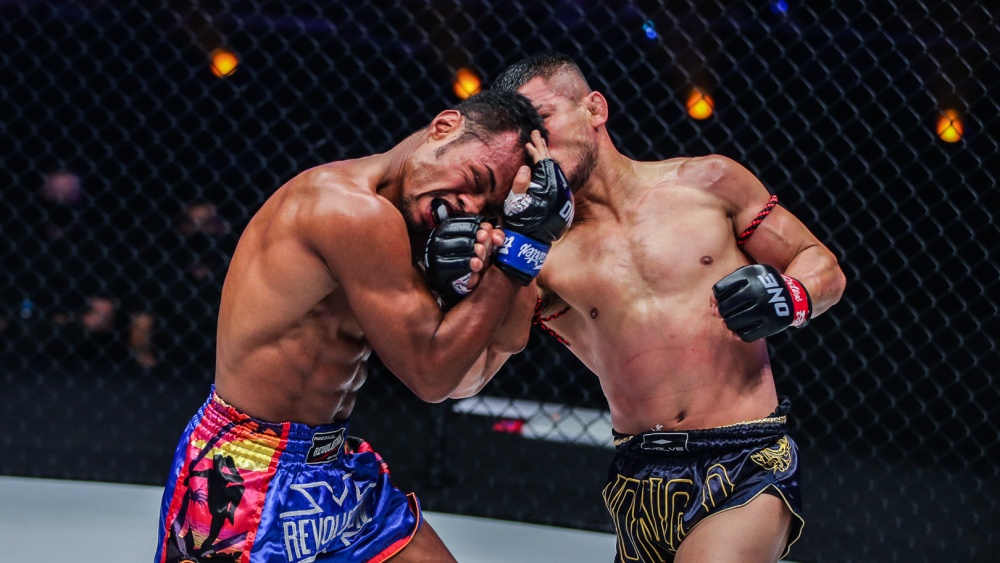
Muay Thai Kicks: Guide
Among these, kicks are some of the most powerful and versatile weapons in a Muay Thai fighter’s arsenal. This article explores the essential kicks in Muay Thai, detailing their execution, purpose, and strategic use in the ring.
Teep (Push Kick)
The teep, or push kick, is a long-range stamping kick used for damage and distance control. This kick is akin to a jab in boxing, used to keep the opponent at bay and set up other techniques.
Execution:
- Shift weight to the back leg, making the front leg lighter.
- Raise the knee towards the chest.
- Stamp forward, leaning back slightly and driving the hips towards the target.
- Impact points: Sole, ball of the foot, or heel.
Targets and Uses:
- Torso: Main target for maintaining distance.
- Thighs: Fast, disruptive strikes.
- Face: Rare and seen as an insult, but can be effective.
Low Kick
The low roundhouse kick is one of the most devastating techniques due to the immense power generated. It targets the inner or outer thigh, causing significant damage and potentially ending fights.
Execution:
- Snap the hip and twist the lead foot on the tiptoe.
- The kicking leg swings like a baseball bat, using the shin for impact.
Targets and Uses:
- Thigh: Inner or outer, weakening the opponent’s base.
- Above the knee: Damages the knee joint, causing instability.
Body Kick
The mid-level roundhouse, or body kick, is another powerful strike aimed at the opponent’s torso or arms.
Execution:
- Same as the low kick, but aimed higher.
Targets and Uses:
- Ribs: Can end fights with well-placed kicks.
- Arms: Repeated strikes can break down the opponent’s guard, making head attacks easier.
High Kick
A highlight reel finisher, the high roundhouse targets the head or neck, often resulting in knockouts.
Execution:
- Requires setup to lower the opponent’s guard.
- Speed and accuracy are crucial.
Targets and Uses:
- Head/Neck: High knockout potential but difficult to land.
Switch Kick
A switch kick involves changing stance to bring the lead leg forward as the power leg, adding an element of surprise.
Execution:
- Quickly switch stance by stepping the lead leg back and the back leg forward.
- Use proper timing and footwork to maintain balance.
Targets and Uses:
- Body/Head: Effective for misleading and faking out the opponent.
Jumping Kick
Jumping kicks add momentum and power, making them some of the strongest techniques.
Execution:
- Jump and throw a roundhouse kick while in the air.
Targets and Uses:
- Body/Head: Rare but spectacular, often used when catching an opponent’s leg.
Advanced and Unorthodox Kicks
Spinning Kicks
- Rare in traditional Muay Thai but bring unpredictability and power.
Question Mark Kick
- Redirects the arc of the kick using quick hip movement, making it difficult to defend.
Cartwheel Kicks
- Spectacular but illegal in traditional Muay Thai due to the glove touching the mat.
Jumping Techniques
- High-risk, high-reward moves best left to experienced practitioners.
Kick Combinations
Effective combinations can target multiple areas, making it harder for the opponent to defend. For instance:
- Push Kick to Roundhouse: Disrupts balance, followed by a powerful strike.
- Inside Low Kick to High Kick: Lowers the guard, setting up a headshot.
Conclusion
Kicks in Muay Thai are essential for any serious practitioner, offering a blend of power, strategy, and versatility. Mastering these techniques takes time and dedication, but they are crucial for dominating in the ring. Whether aiming to maintain distance with the teep or seeking a knockout with a high kick, understanding and applying these kicks effectively can make all the difference in a fight.
